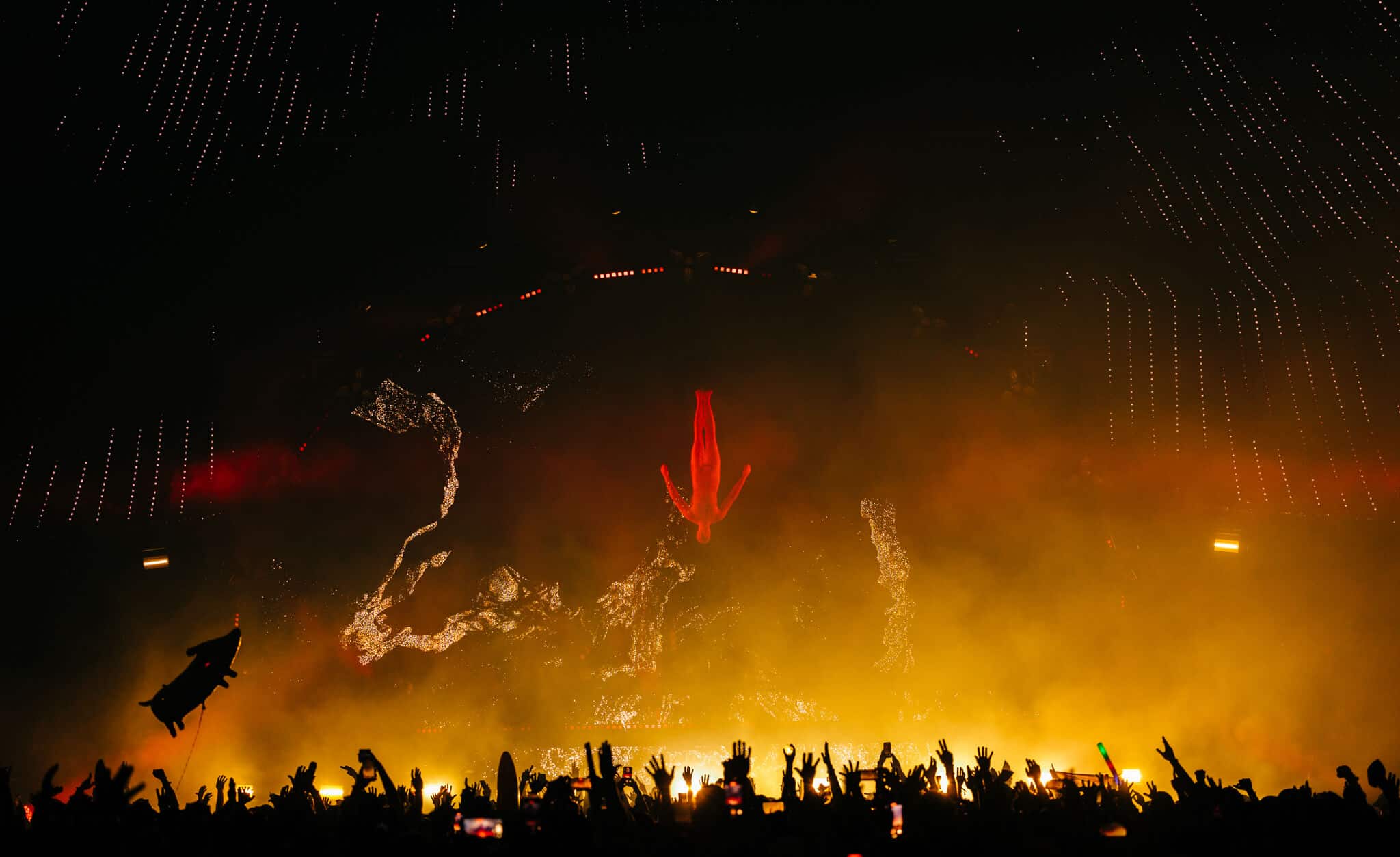

The Popularity of Techno: Good or Bad?
In the ever-evolving realm of electronic music, few genres have undergone as radical a transformation as techno. What was once an underground movement with an enigmatic aura now finds itself basking in the mainstream limelight. The question that looms large: Is techno’s commercialization a boon or a threat to its essence?
Techno’s roots trace back to the underground club scenes of Detroit and Berlin, where pioneers like Juan Atkins, Derrick May, and Jeff Mills created a hypnotic and repetitive electronic sound that was less about commercial appeal and more about sonic exploration. It was the soundtrack to subversive warehouse parties and clandestine gatherings, often flying under the radar.
Techno’s Mainstage Ascension: From Subculture to Superstardom: The Rise of Techno’s Leading Lights
Fast forward to today, and techno artists like Amelie Lens, Charlotte de Witte, Indira Pagannotto, Nina Kraviz, and Tale of Us have taken center stage at major festivals and clubs worldwide. Labels such as Drumcode and Afterlife have garnered mass followings, transforming techno from a niche genre into a global phenomenon.
One striking aspect of techno’s mainstream ascent is its merger with other genres, particularly trance. This amalgamation has given rise to a soundscape where genre boundaries are increasingly fluid. The likes of Solomun playing original versions of classics like Rui da Silva’s “Touch Me” and Amelie Lens spinning Kai Tracid records or the original version of Push’s “Universal Nation” underscore this fusion.
Unusual for sounds that were once associated with the Resistance stage, Charlotte de Witte made headlines by closing the mainstage at Tomorrowland 2022 and performing for the first time at Ultra Music Festival 2023’s mainstage in March. This marks a significant departure from the niche underground venues that were once the domain of techno artists.
A Blurring of Genre Borders: Trance, Techno, and the Sound of Fusion
Underground labels have contributed to this evolution by reimagining and re-releasing legendary tracks from the past, injecting them with a modern twist. A prime example is the remix of Binary Finary’s “1999” on the Afterlife label, a move that bridges the gap between techno’s storied history and its current renaissance.
As techno’s commercialization gathers pace, the question that emerges is whether this newfound popularity is a blessing or a curse for the genre. On one hand, it’s thrilling to witness techno reaching a broader audience and commanding larger stages. However, some purists argue that this transition may come at the expense of its underground authenticity.
The roots of techno lie in rebellion and a rejection of the mainstream. The raw, unapologetic sound that attracted the genre’s early enthusiasts is now being polished for mass consumption. In the process, some argue that techno risks losing the very essence that made it so captivating in the first place.

So, where do we stand in this debate? Is the commercialization of techno a natural evolution, a testament to its enduring appeal, or does it signify the dilution of a once-underground movement? The answer likely lies in the ears of the beholder. Ultimately, whether you celebrate or lament the commercialization of techno, there’s no denying that it continues to shape the ever-evolving landscape of electronic music.


- PARISI cover Interview
- Ultra Music Festival 2024: A Tale of Triumph
